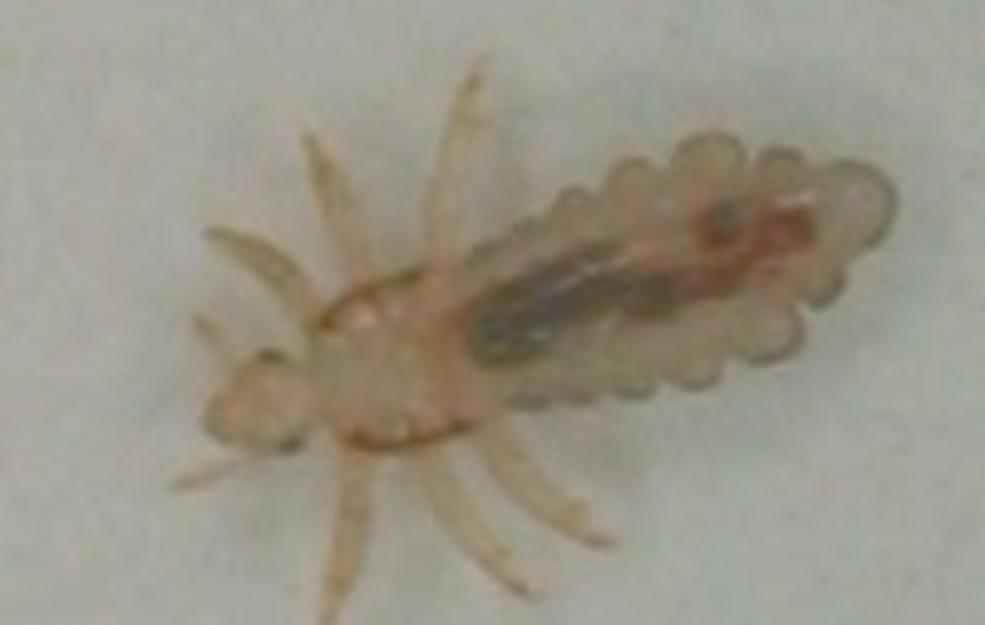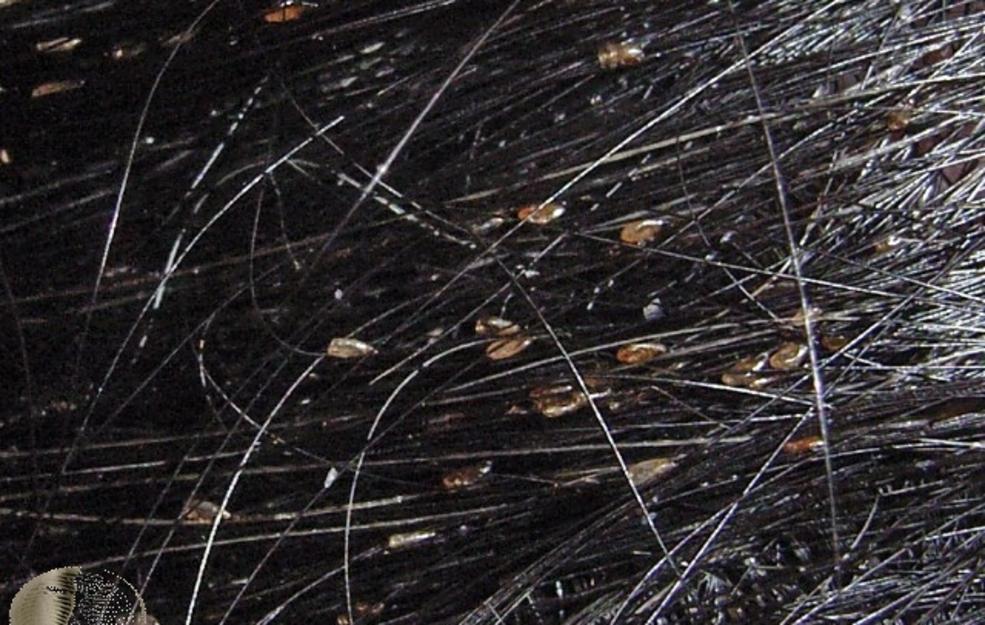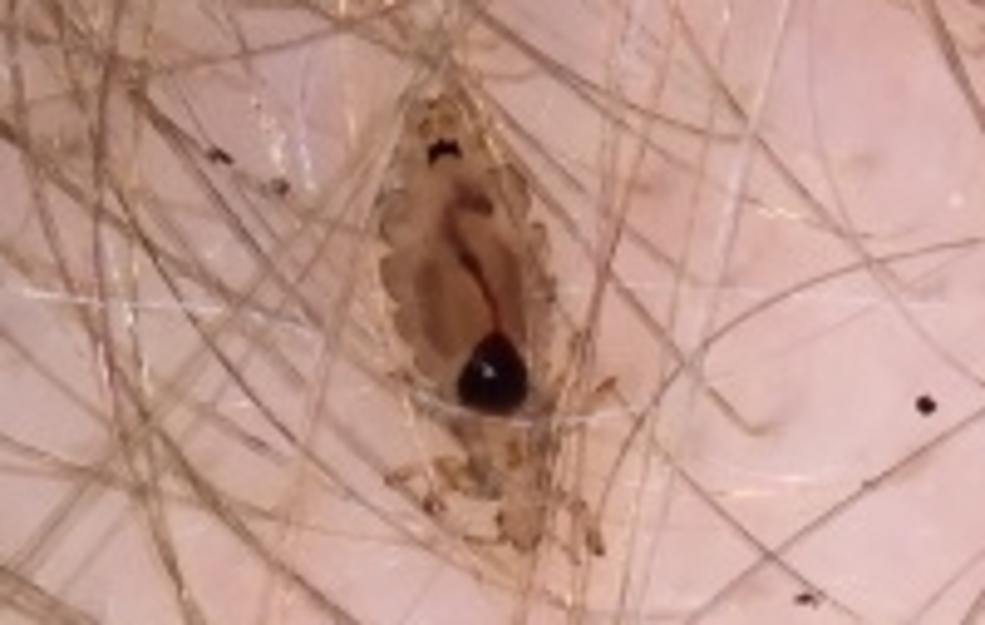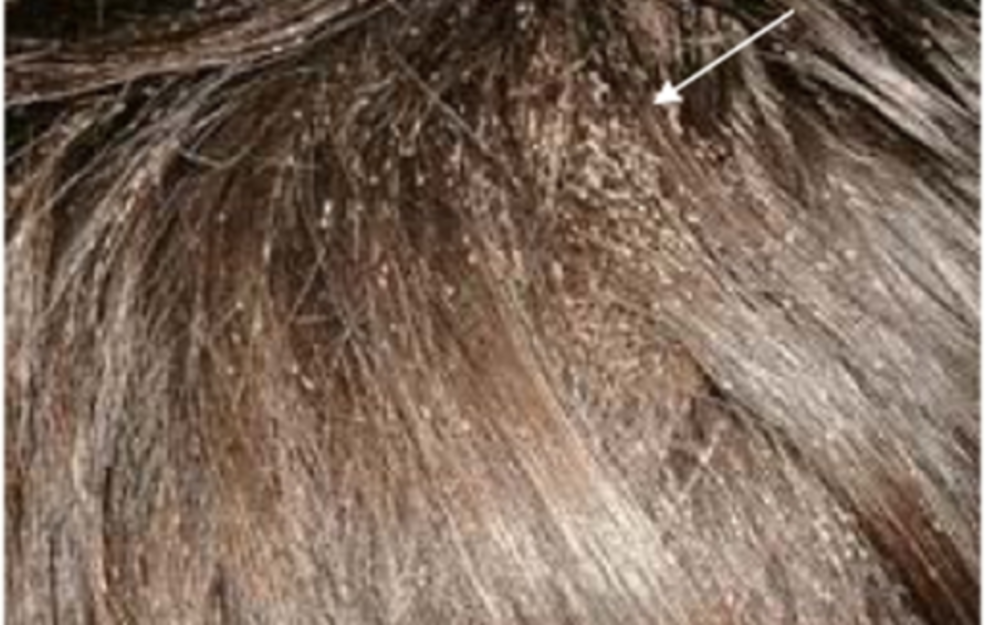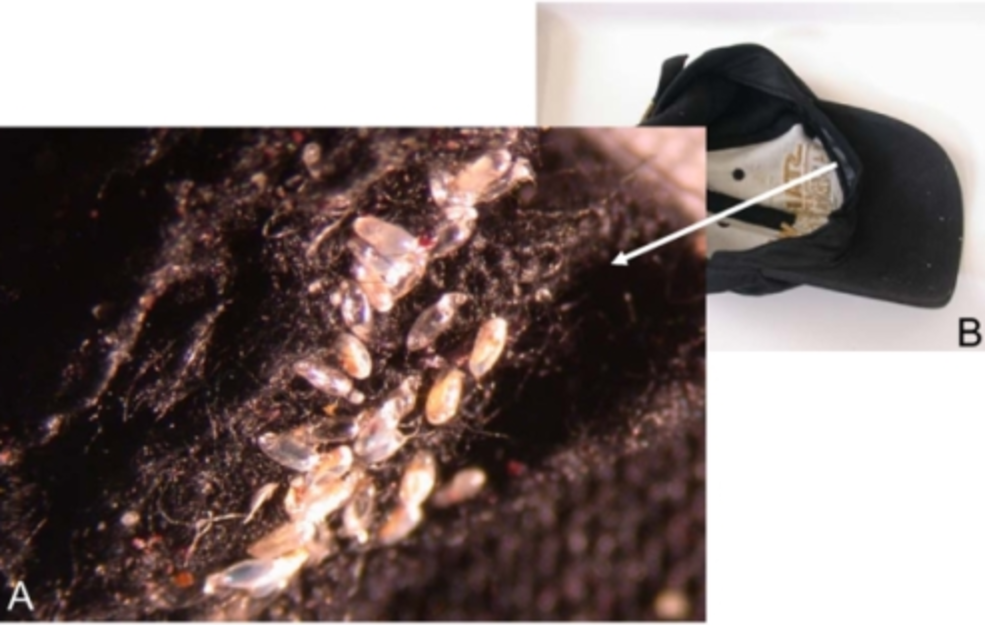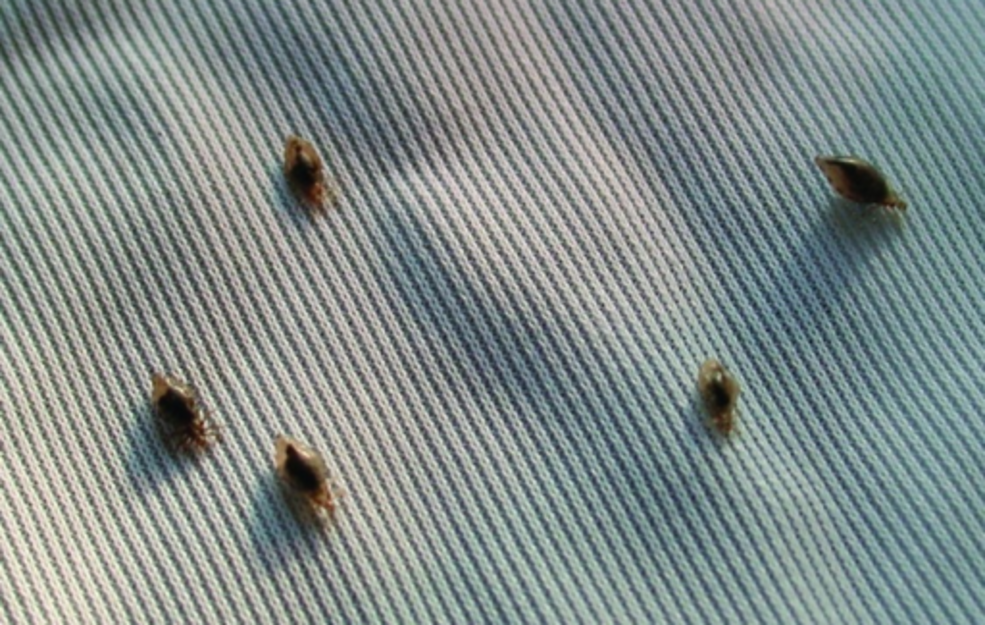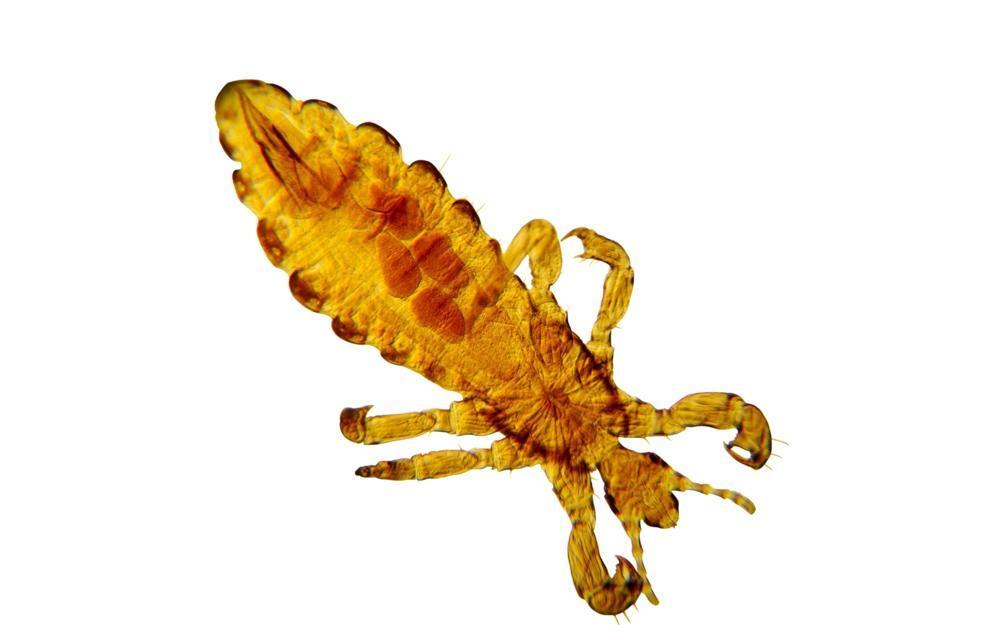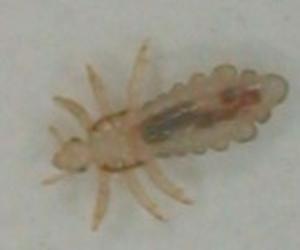Treating Head Lice

How does head lice spread?
Head lice is an infestation in the hair and scalp by insects known as pediculosis capitis. These tiny insects most commonly affect school children, and feed on the blood of the human scalp. While they are not life-threatening, they do warrant some form of treatment. The tiny insects are extremely contagious, and they tend to jump from one individual to another who are in close proximity with each other. This is why children tend to be infected by head lice the most, especially those in school. Families are also susceptible to lice contraction, and these individuals should be treated simultaneously in order to prevent recurrent lice infestations. Most commonly, transmission of head lice is done through direct contact with an affected individual, however items like hats, towels, pillows, headphones, and other products that rest on our head, can act as a vessel for contraction.
Symptoms of head lice
In the event of a potential contraction of head lice, there are a few symptoms to observe in diagnosing head lice. The simplest of them is to identify itching or scratching on the top of the individual's head. In multiple contractions, this itching can be an allergic reaction, but it is not seen in first time infections. Perhaps a more obvious symptom is to physically see the lice in the hair. Using a special comb, these lice can be removed. Be sure to check around your ears and neck because this is where it will be the easiest to identify lice and their eggs.
Prevention and treatment
Head lice do not carry viral or bacterial diseases, but they can however be a nuisance to a person or family that has been affected by them. Practicing simple steps can make a big difference in preventing the spread of head lice. Whether it is hanging your clothing, jackets and hats on separate hooks from other people, or even something more obvious such as not sharing brushes, hats, and other items that we wear or use around our hair. Apart from separating clothing to protect against an infestation, regular household and bodily hygiene needs to be practiced daily. This includes machine washing any clothing or apparel that may harbor the insects. It is also extremely important that any clothing an affected person was wearing a few days before a positive diagnosis of head lice is machine washed to ensure no lice will continue to lay eggs.
There are a number of available treatments to help do away with head lice which can be obtained from shops, supermarkets, pharmacies and online platforms. These are the most common treatments:
- Sprays
- Wet combing
- Lotions
A full day should be set aside for treatment for everybody with head lice in your household. However, there are cases when a procedure may fail to work. If this turns out to be the case, there are other methods that you can explore in the treatment of head lice, as recommended by your doctor.
Sprays and lotions
In the market today, there are a variety of products that one can employ to get rid of head lice, and they include the following:
- Isopropyl myristate and cyclomethicone are good treatment options. Apply these and wait for about 10 minutes before rinsing them out.
- Dimethicone or mineral oil can be applied. Give the oil 15 minutes to work through the hair, then rinse.
- Dimeticone four percent spray and lotion can by applied on the hair thoroughly, and the lotion should remain in the hair for eight hours before rinsing. The spray dimeticone should be applied and kept in for 15 minutes before rinsing.
Wet combing
Wet combing is a method whereby the head lice are removed by use of a comb, which collects any lice that may be living on the head. This method is widely available to most because of its low cost. The combs come in a wide variety but the most efficient combs would be the ones in which the teeth are flat with a spacing between 0.2 to 0.3 mm. This comb works well for collecting the physical lice, while a different comb should be used to collect the eggs themselves. For removing the eggs, find a comb with spacing that is even smaller than 0.2 mm. There are various instructions on using the comb as listed below:
- Hair should be washed with the regular shampoo, and plenty of conditioner should be applied.
- The comb should first be used to straighten tangled hair with its wide teeth.
- After the hair is untangled, you can use the comb that detects the presence of lice.
- During the process, the comb's teeth should reach the roots of the hair while the edge of the teeth should partly touch the scalp.
- Comb the hair from the roots to the ends, and also make use of tissue paper to remove the lice stuck in the comb.
- Make sure that your entire head is swept by the comb. Separate the hair into different sections to keep better track of areas you have not combed yet.
- Be sure that you have done the work efficiently, and make sure the technique is done multiple times a day to ensure all lice have been removed.
- This exercise should be done repeatedly on day five, nine and 13 after nice is detected. On the 17th day of lice treatment, comb the hair again to confirm that all lice and eggs have been removed.
Treatments that should be averted
Below treatments should not be used since they may fail to work:
- Treatments with permethrin
- Use of electric combs
- Use of herbs
- Oils sourced from trees which may include lavender and eucalyptus
- Products deemed to repel lice
Tips for long hair treatment
First and foremost it is advisable to section your hair neatly so that you can avoid tangling during the application of hair conditioner. Below are helpful ways to efficiently do this:
- Long hair should be parted starting from the forehead to the scalp by use of clips.
- The part line should be used to apply conditioner so that lice cannot cross the other side of the head.
- Use a hair clip to hold the parted hair in a straight line, creating at least four sections or more if necessary.
- Work slowly from one section to the next. Each section should be applied with conditioner, and combing several times will ensure that there are no lice or eggs left in the hair.
It is important to see your doctor if you or your child have potentially contracted head lice. It is not a debilitating or life-threatening condition, but it can however be transferred to other individuals and family members, warranting a check up with a doctor. Apart from doctor recommended products like special combs and conditioners, over-the-counter medications can also be implemented in the treatment of head lice. Depending on the severity of the infestation, didifferent treatment methods will be applied. For example, an inactive infestation may not require a special conditioner for treatment, rather home remedies and over-the-counter medications can be used.
Lice can live up to three to four weeks in hair, and their eggs if properly incubated will endure for about three days before advancing to their next stage. Watch for any potential risk factors involving lice infestations, and safe guard your home from these problematic insects. By keeping track of signs and symptoms, you can protect your family from this extremely common infestation.


